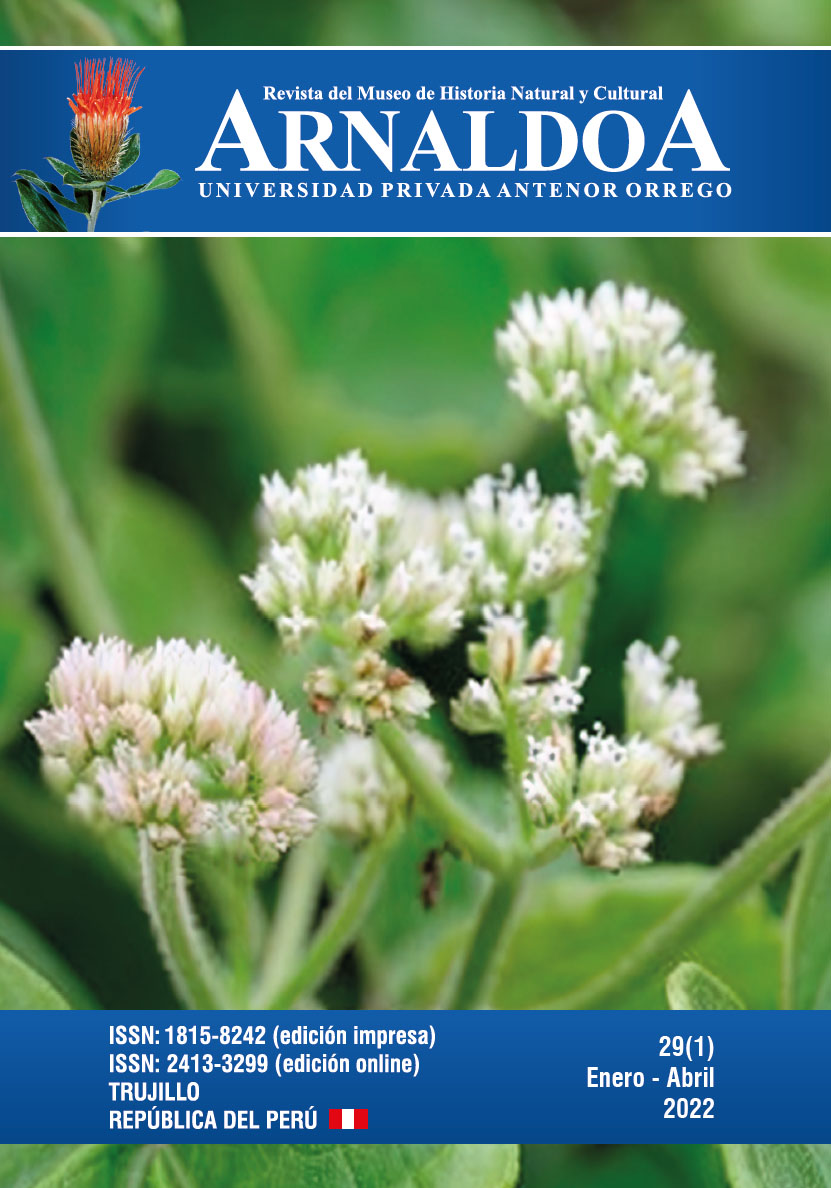The main agroindustrial lignocellulosic residues of La Libertad and the Biomass producction of Candida utilis var. major
DOI:
https://doi.org/10.22497/1647Keywords:
Association, Production, Biomass, Waste, single cell proteinAbstract
The production of microbial biomass in the world has undergone many changes during the last two decades and several processes have been developed for the production of biomass loaded with useful microorganisms as sources of protein for food. In the present investigation, agroindustrial lignocellulosic residues such as “brácteas†of Cynara scolymus var. lorca, “peladilla†of Asparagus officinalis and “coronta†of Zea maiz from the Province of Virú, Trujillo and Ascope respectively; aimed to evaluate the influence of the mixed association of Trichoderma reesei and Chaetomium cellulolyticum on the biomass production of Candida utilis var major. For this, 10 aerated and stirred tank type glass bioreactors were built, which were fed with 100 grams of each agroindustrial lignocellulosic waste with 600 ml of sterile distilled water, then 70 ml of microbial suspension was added at 3x106 cells per milliliter of Trichoderma reesei, Chaetomium. cellulolyticum and Trichoderma reesei plus Chaetomium cellulolyticum for 5 days. Finding that the largest amount of Unicellular Protein biomass was 9.15 g/L with a yield of 55% and a Productivity of 0.30 g/L-h, from 26.9 g/L of Total Reducing Sugars extracted from the Crown of Zea maiz in the mixed association of Trichoderma reesei and Chaetomium cellulolyticum.Downloads
Download data is not yet available.
Downloads
Published
2022-08-30
Issue
Section
Artículos originales
License
By submitting a paper to the journal, it is understood that the authors agree to transfer the publication rights to the journal once it is accepted.
It is permitted to share and adapt the contents of this journal in any medium or format always if the original source is properly cited and there are not commercial purposes.







